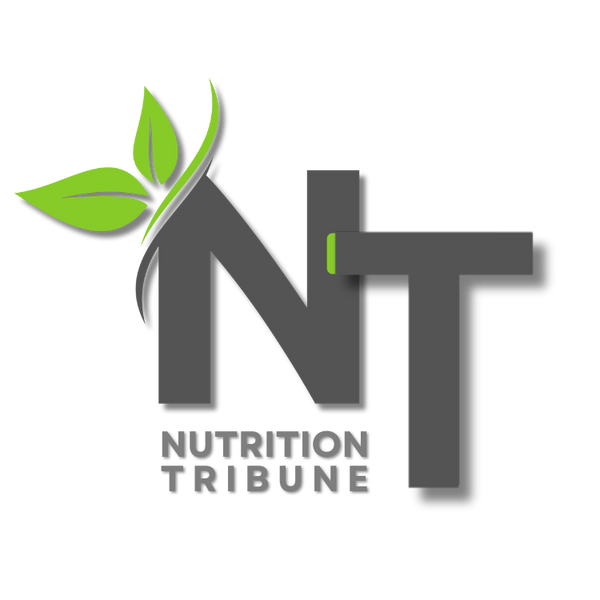
The Anabolic Window: Fact or Fiction?
Share
Talk to most long-term gym goers, and they will tell you that one of the most important meals of the day is the post-workout protein shake (or high protein meal). The established belief is that you need to take post-workout protein immediately if you want your muscles to grow, neglecting this will lead to catabolism or “loss of gains, and studies This period is known among lifters as the “Anabolic Window” or window of opportunity. But how long is this window, and how vital is it to take post-workout protein? Is there science behind it, or is it another example of supplement companies creating a problem that doesn’t exist? This article will address these issues by looking at what the science says.
Muscle Protein Synthesis
Before discussing the anabolic window, we need first to define what it is. Anabolism is the process of creating complex tissue from simple components in the body, so increasing muscle fibres from protein intake is an anabolic process. With regards to muscle, protein is used to increase muscle fibre size and strength using a process called Muscle Protein Synthesis. When you work out, you perform hundreds of muscular contractions. Doing so causes micro-tears in muscle fibres. The more you overload the muscle, the more muscle fibres are recruited, and the more muscle damage is created. Once you have finished the exercise, your body can begin the process of repairing the muscle damage and rebuilding the muscle fibres so that they are stronger and larger. To do this the body requires amino acids, particularly Leucine. These amino acids are found in protein. The amino acids are transported to the muscle fiber cells where they begin protein synthesis. The more protein you have in your system (up to a certain point) the more protein synthesis can occur. Likewise with exercise, the more you have worked the muscle, the more that muscle can grow and strengthen. Other factors play a part in muscle protein synthesis, sleep, cortisol levels, testosterone levels, growth hormone levels, and training level. But the primary factor is protein intake.Protein Timing
Now we know why protein is necessary for protein synthesis, we can look at how the timing of it can affect growth – or whether it does at all? You might be thinking that if protein is necessary for muscle growth then surely post-workout is the best time to have it. You’ve just come out of a workout, and your muscles are already beginning the process of repair. But this has not been found to be the case, studies consistently show that it’s not the timing of the protein that matters, but rather the total protein intake for the day. In a 2013 study by Schoenfeld, Aragon, and Krieger it was found that total protein intake was the biggest factor in muscle growth <1>. The study concluded that:these results refute the commonly held belief that the timing of protein intake in and around a training session is critical to muscular adaptations and indicate that consuming adequate protein in combination with resistance exercise is the key factor to maximising muscle protein accretion.Another study by Aragon & Schoenfeld (2013) reviewed the relevant literature on the anabolic window, and they found that the reason that there had been so much initial evidence for a post-workout window was that the majority of studies had been performed on fasted athletes. This means that the athletes had not eaten anything before performing their sessions. In the studies that had pre-workout protein intake, the anabolic window was less relevant. This is because the body is “capable of sustaining amino acid delivery into the post-exercise period” <2>, meaning that a pre-workout meal can keep your body filled with protein for hours afterwards, eliminating the need for a post-workout protein shake.
